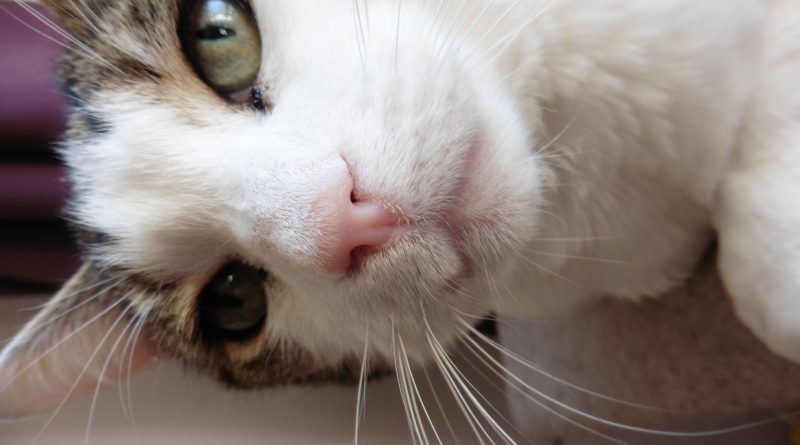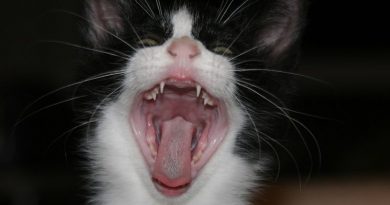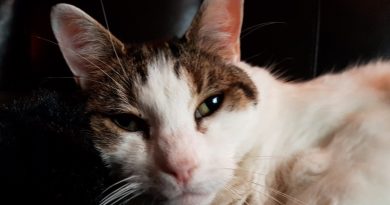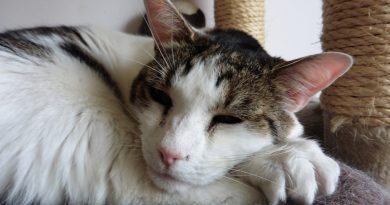What Your Cats Eye and Purr Communications Mean
Many of us have cats and we are not aware of what their natural method of communications are saying to us. This is a guide to tail, ear and eye movements.
Eye Signals
Fear or excitement
If a cat feels threatened and also if it sees something pleasing the cat’s pupils will become dilated.
Annoyed
An annoyed cat will turn its ears back, while its pupils constrict and its whiskers bristle forward.
Playing and hunting
The ears are pricked, pupils dilated and whiskers thrust forward.
Relaxed or friendly
A relaxed cat will have perked ears and whiskers. Dilation of the pupils depends on the light.
Hello
If you want to say “Hello” to your cat in their language, here is what to do. When your cat enters the room, say “Hello”, and do the following. Lower your head slightly, lower your eyes and slow blink at your cat. They will be really happy you are talking in their language and come running over for a cuddle. It’s tried and tested, give it a try yourself
Purring
Purring in cats first occurs at about one week of age. It serves as a signal to the nursing mother cat that all is well with her babies and that the milk supply is reaching its destination. She, in turn, purrs, letting the kittens know that she too is in a relaxed and co-operative mood. It is believed that purring among adult cats and between adult cats and humans is derived from this primal parent-offspring context. Contentment is not the sole condition for purring, however. A more precise explanation is that purring signals a friendly social mood and can be employed by an injured cat to indicate the need for friendship and help. It has been observed that cats in great pain often purr loud and long and can hardly be considered to be contented.
Unlike our small domestic cats that purr with both inward and outward breaths (with their mouths firmly shut), their large cousins–the lions and tigers, can only sputter out a friendly “one-way purr” when greeting friends. However, the big cats have a feature that compensates for their inability to purr–they can roar! (Something our miniature house-bound tigers would undoubtedly love to do.)




